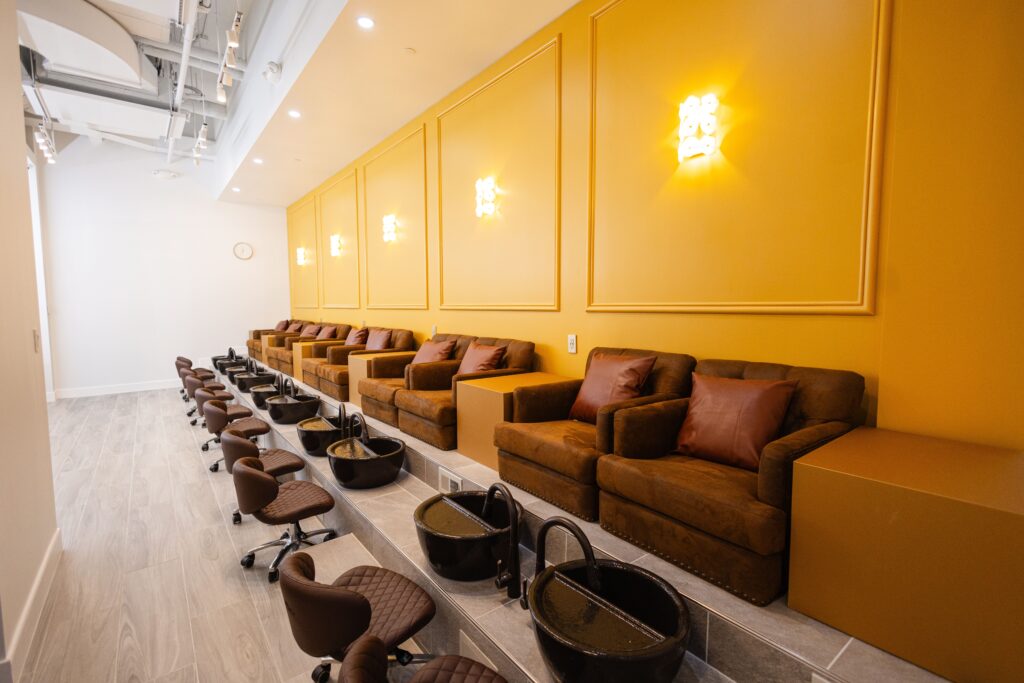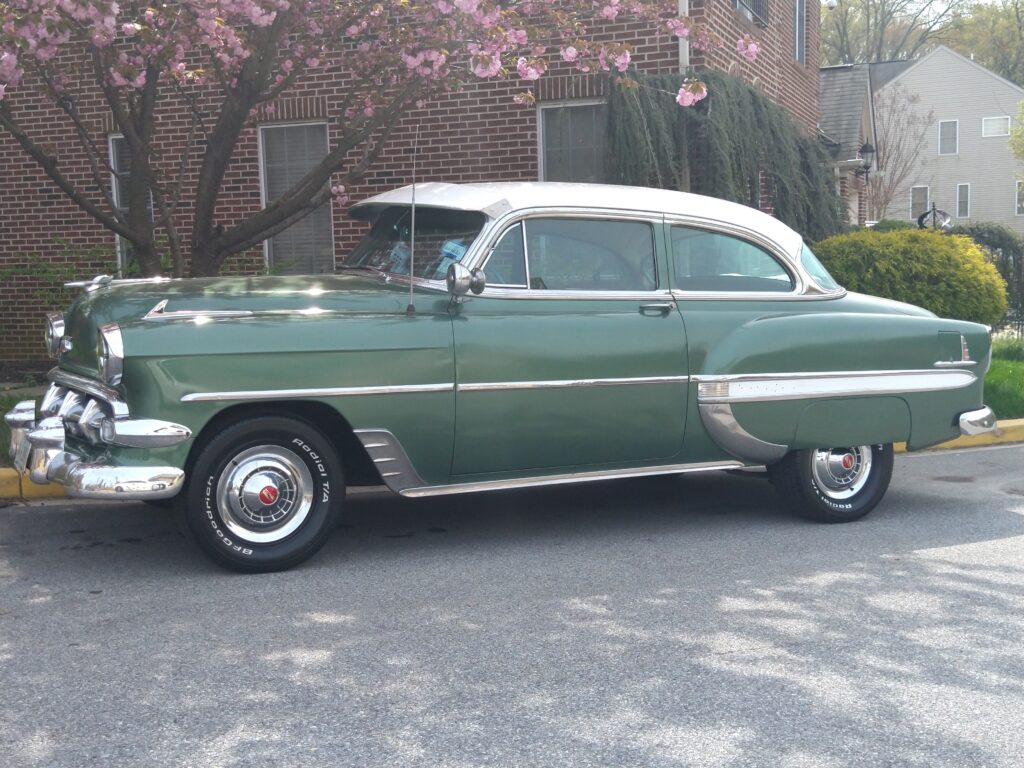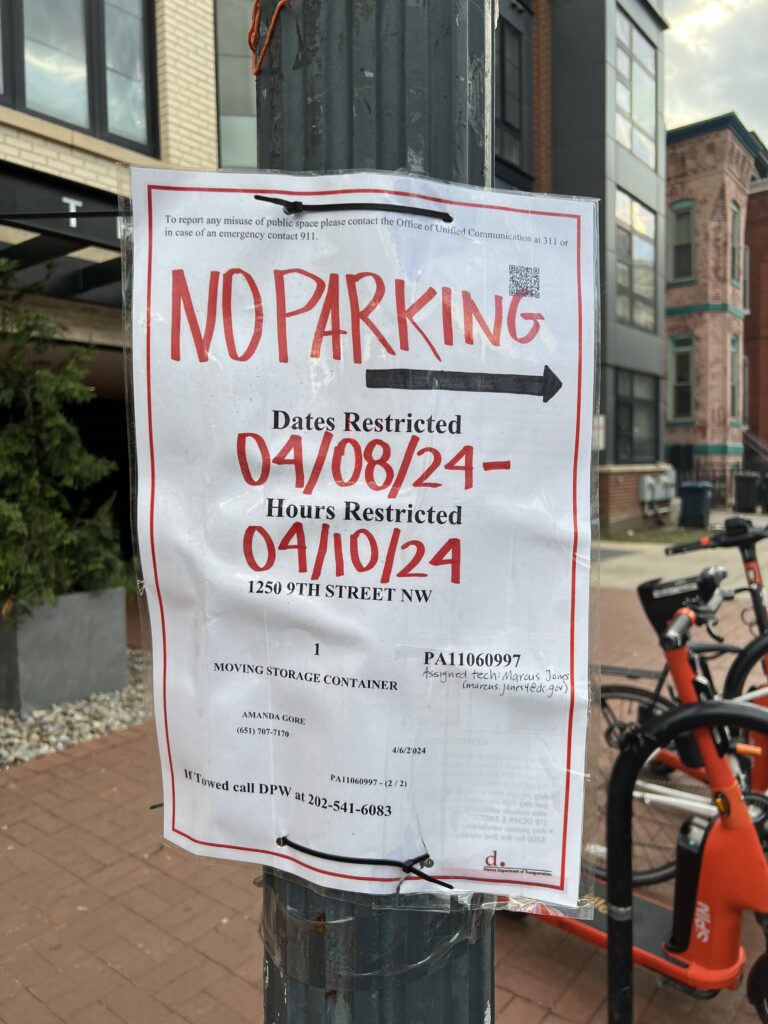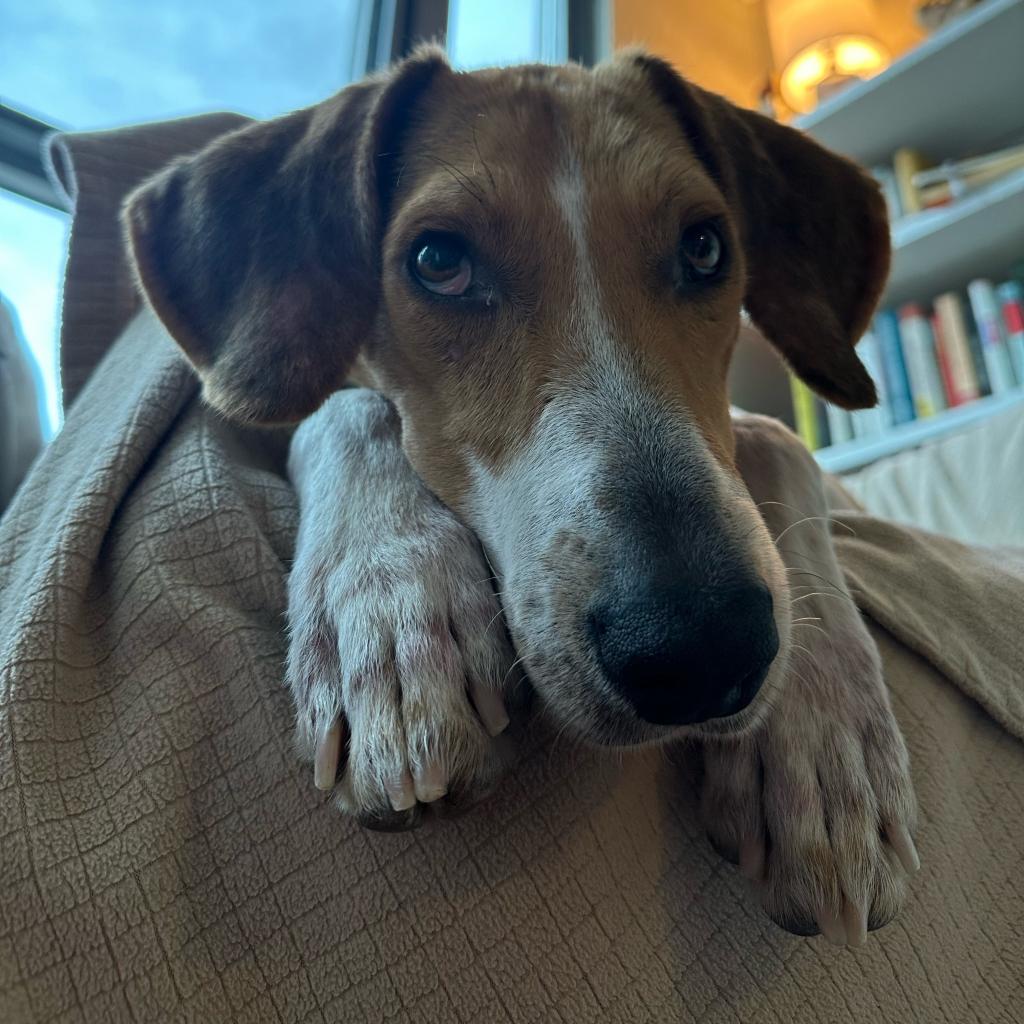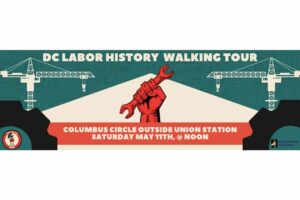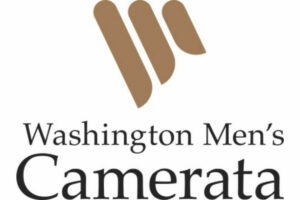Streets of Washington, written by John DeFerrari, covers some of DC’s most interesting buildings and history. John is also the author of Lost Washington DC.
When traveling to Washington in the early 1900s—by train, of course—you would have arrived either at the Baltimore & Ohio Station on Capitol Hill or at the Baltimore & Potomac Station on the western end of the Mall, where the National Gallery of Art now stands. Stumbling out of that station, in desperate need of lodgings, you would have to travel a block north to Pennsylvania Avenue to get to the famous National Hotel across the wide street on the right or the nearly-as-famous Metropolitan Hotel down the block to the left. But if you didn’t want to lug your bags that far, you could choose the St. James, immediately to your right, on the southeast corner of Sixth Street and Pennsylvania.

The St. James was never quite as prominent as its rival neighbors, although it strove for its own brand of distinction and capitalized on its strategic location. It was opened as Bunker’s Avenue Hotel by George W. Bunker (1834-1889) shortly after the Civil War. Bunker, a native of New Hampshire, had been a manager at the National Hotel for six years and had also worked at the Seaton House hotel, a block to the west. John Wilkes Booth stayed at the National in April 1865, and during the court inquiry into the assassination of President Lincoln, Bunker testified about Booth’s comings and goings, which he had observed.
Continues after the jump.

Bunker took over buildings that in the 1840s had housed the hotel and restaurant of Joseph Boulanger (1791-1862). Boulanger, a native of Belgium, had come to Washington to be the White House chef under Andrew Jackson and Martin Van Buren before striking out on his own. Like many early Washington hotels, his establishment was cobbled together from several of the federal townhouses that lined Pennsylvania Avenue in those days. Bunker remodeled and expanded the hotel in 1868 and renamed it the St. James. The new establishment could accomodate 250 guests and had a large first-floor dining room in the expanded part. “The house is repaired, repainted, and refurnished throughout. Brussels carpet and black walnut furniture, entirely new, has been introduced into the various rooms,” Bunker advertised.
Bunker sold the hotel in 1871, only a few years before the B&P railroad station was constructed virtually next door, guaranteeing a steady clientele. In that same year, Joseph Hartz (1836-1903), a celebrated illusionist, stayed at the St. James and entertained its guests with his feats of magic, such as the Inexhaustible Handkerchief and the Disappearing Cabinet.

A delivery car parked on the 6th Street side of the St James, circa 1925 (Source: Library of Congress).
In July 1887, the Washington Critic-Record wrote a flattering review of the hotel on the occasion of its recent renovation and expansion, calling it “one of the largest and best-appointed hotels in Washington.” The café and bar were noted for their ornamental tile floors and English Oak wainscoting, the dining room its leather-upholstered high-back oak chairs. The kitchen was equipped with the latest “Bramhall & Dean’s ranges and steaming apparatus.” Special “sample rooms” for traveling salesmen were made available in the rear, a ladies’ waiting room was positioned conveniently by the elevator, and “bath and toilet rooms are to be found on each floor.” Wires and fixtures for electric lights had even been installed, “to be used as soon as the Electric Light Company completes arrangements for supplying the light.” We have no record of how long that took.
The renovations were undertaken by Levi Woodbury (1844-1925), a successful and popular Washington businessman who had a house on Logan Circle and eventually became president of the Norfolk & Washington Steamboat Company. Woodbury and co-owner Hylas T. Wheeler ushered in the golden age of the St. James, when it offered comfortable accommodations to travelers as well as a convenient meeting spot for power brokers such as House Speaker “Uncle Joe” Cannon (1836-1926).

Still, the St. James remained an unpretentious place. In an 1898 advertisement, the hotel called itself the “best family hotel at the National Capital. We make you feel at home on arrival. Single rooms $1.00 per day and upwards; suites, with bath, $3.00 to $6.00.” Rooms were available on the “European” plan, which meant that your room charge did not include meals.

From the collection of David White
Like almost all the buildings south of Pennsylvania Avenue, the St. James was doomed after the McMillan Commission recommended that entire area be cleared for the creation of a more monumental core for the capital city. The hotel closed in 1927, and all its furnishings were auctioned off, including antique furniture, “lamps of every description,” and the unusual glass-enclosed mounted game pictures that had graced the dining room’s walls. The beautiful mural of Dunraven Castle in the lobby couldn’t be removed, however, and so had to be “sacrificed.” The following year a proposal was floated for the DC police department to take over the building to house its women’s bureau and a house of detention, but key officials opposed the plan.
The federal government finally purchased the site later in 1928 as it moved to create a grand boulevard—Constitution Avenue—out of the old B Street N.W. B Street, narrower than Constitution Avenue is now, did not intersect with Pennsylvania Avenue but existed in two separate fragments, one heading west from Sixth Street and the other heading east from Third Street, with Pennsylvania Avenue cutting through the space between. The St. James stood where B Street needed to be extended at Sixth so that it could intersect with Pennsylvania Avenue and connect up with its eastern half.

Site of the St. James Hotel as it appears today. Pennsylvania Avenue is in front; Constitution Avenue is behind the tree-filled triangle park. (Photo by the author.)
The northeast corner of the site today is a small triangular park between Pennsylvania Avenue and Constitution Avenue. The rest of the site is paved over as part of Constitution Avenue itself.
Recent Stories

Unlike our competitors, Well-Paid Maids doesn’t clean your home with harsh chemicals. Instead, we handpick cleaning products rated “safest” by the Environmental Working Group, the leading rating organization regarding product safety.
The reason is threefold.
First, using safe cleaning products ensures toxic chemicals won’t leak into waterways or harm wildlife if disposed of improperly.

Looking for something campy, ridiculous and totally fun!? Then pitch your tents and grab your pokers and come to DC’s ONLY Drag Brunch Bingo hosted by Tara Hoot at Whitlow’s! Tickets are only $10 and you can add bottomless drinks and tasty entrees. This month we’re featuring performances by the amazing Venus Valhalla and Mari Con Carne!
Get your tickets and come celebrate the fact that the rapture didn’t happen during the eclipse, darlings! We can’t wait to see you on Sunday, April 21 at 12:30!
DC Labor History Walking Tour
Come explore DC’s rich labor history with the Metro DC Democratic Socialists of America and the Labor Heritage Foundation. The free DC Labor History Walking Tour tour will visit several landmarks and pay tribute to the past and ongoing struggle
Frank’s Favorites
Come celebrate and bid farewell to Frank Albinder in his final concert as Music Director of the Washington Men’s Camerata featuring a special program of his most cherished pieces for men’s chorus with works by Ron Jeffers, Peter Schickele, Amy


